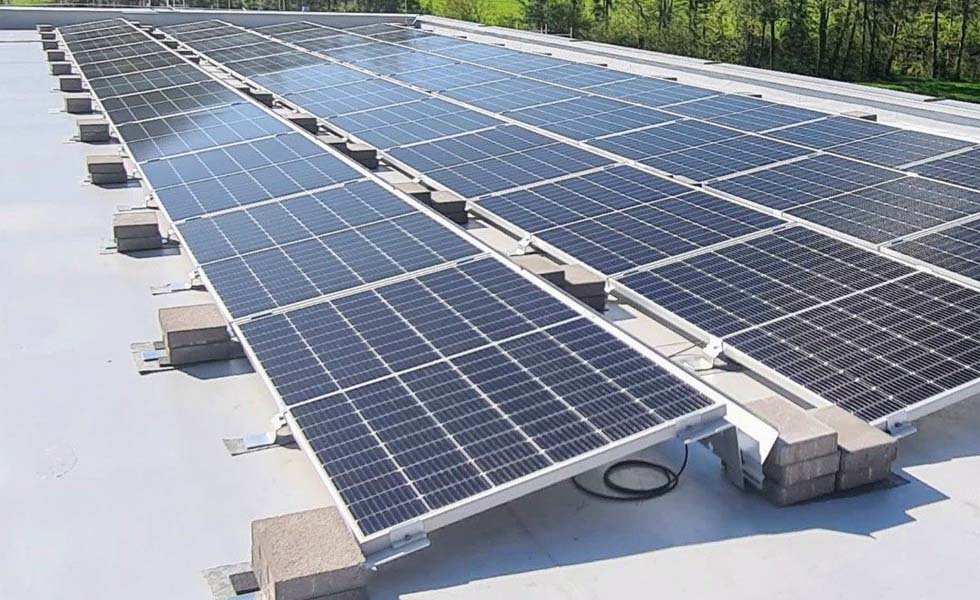
In order to understand how much electricity your solar panels can generate and how this might change over time, we need to understand the performance and efficiency of the solar system.
• Solar system performance measures how much energy your solar panels are producing at any point in time or over a period of time (such as a day, a week, or a month). It is usually measured in watts (a unit of power) and reflects the size and condition of the solar energy system.
• Solar panel efficiency is closely related to performance and measures a solar panel's ability to convert sunlight into usable electricity. Unlike performance, solar panel efficiency is measured in percentages: the energy received from sunlight relative to the energy produced.
Both performance and efficiency are variable, rather than fixed, measurements that can be used to map the long-term energy-saving potential and health of a solar system.
Variations in Solar Performance
Once installed, you'll see variations in production based largely on daylight, weather, and season. Clouds, shade, or extreme weather can block sunlight from reaching your solar panels and result in a slight decrease in production. These variations are factored into your solar energy system design and reflected in your solar savings estimates. Some of the key elements that impact solar performance are:
Seasonality
As day length, sun angle, and weather patterns change throughout the year, you will see differences in your solar system performance. For most of the U.S., solar performance is highest in late summer and early fall, and lowest in the winter.
Temperature
While solar panels benefit from direct sunlight, extreme heat can actually decrease performance. Solar panels perform best at lower temperatures when electrons are less excited and can move with greater ease.
Weather
Solar panels are designed to withstand wind, snow, hail, and heat, and will continue to capture and generate power even in indirect light. While cloudy or inclement weather can block sunlight from reaching your solar panels and thus temporarily decrease performance, rain can remove dust and debris—helping to increase performance when the sun returns.
Snowfall
Snowfall can actually increase production as light is reflected back to the solar panels from the surrounding landscape. However, any snow that accumulates on your roof and blocks sunlight from reaching your panels will reduce solar energy system performance. In most cases, this problem will take care of itself as snow melts and easily slides down the glass panels.
Age
While the average lifespan of solar panels is about 25 to 30 years, solar panel efficiency will decrease slightly with every passing year. This degradation rate is factored into the initial design of a solar power system, but it still impacts your solar system’s efficiency and performance.
How to Optimize Solar Performance
There are a few things you can do to ensure you’re getting the most out of your solar array.
Maintenance
For peak performance and efficiency, make sure your solar panels are free of dust and debris. Regular weather patterns will do most of the work for you, but annual cleanings can be of benefit.
Energy Management
You can further optimize your clean energy usage by scheduling high-energy chores—such as doing the laundry or running your dishwasher—for sunny hours/days when production levels are at their highest.
